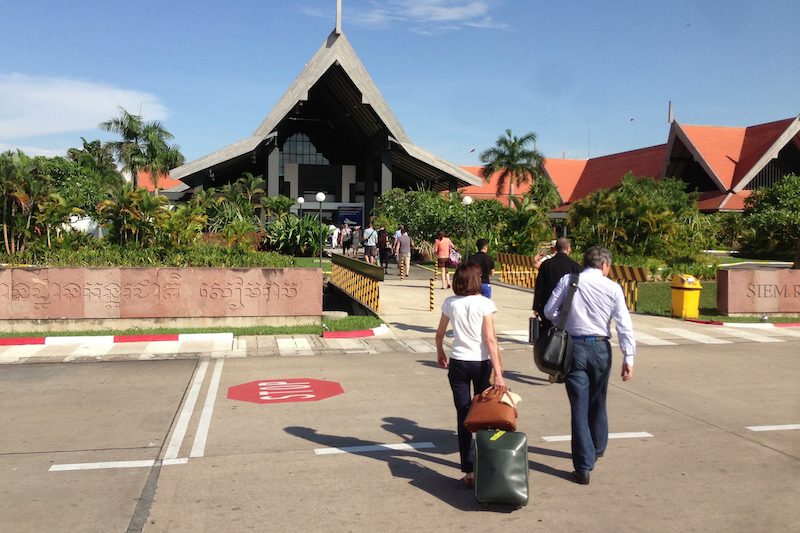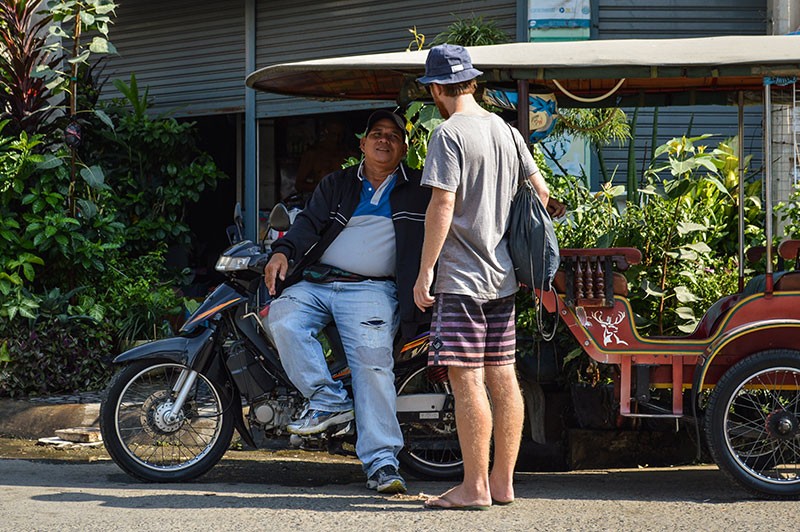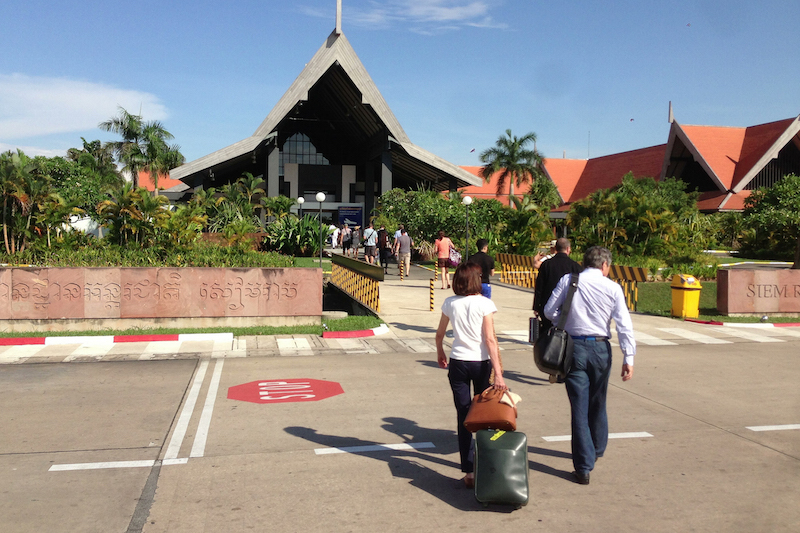Travel industry experts said they did not expect a string of bombings targeting tourists in Southern Thailand to discourage visitors to Cambodia and downplayed new Ministry of Tourism numbers that showed stalling growth in foreign visitors during the first half of 2016.
The reassurances come after a string of at least 11 bombings ripped through some of Southern Thailand’s most popular beach destinations on Thursday and Friday, killing four people and injuring dozens.

Thailand received almost 30 million visitors last year and serves as a gateway to the region for many foreign tourists. Over 20 embassies issued travel warnings for the country in the wake of the attacks.
However, local industry travel groups said they did not expect the attacks would have widespread effects on Cambodia’s tourism sector, with some saying that numbers could even temporarily rise as travelers changed plans.
“We pay close attention to the flow of tourists, but there hasn’t been any significant increase in cancellations recently,” said Luu Meng, president of Cambodia Hotel Association.
“It may cause a temporary increase to the number of tourists to our country, but we should not be happy for this because it is based on the tragedy of our neighbor.”
Ho Vandy, chairman of the Cambodia Association of Travel Agencies, said he was largely unconcerned that the attacks would alter tourism flows, but that there was some risk given the interconnectedness of the region.
“Business owners may worry as tourism is a network and might affect each other when such incidents happen in a neighboring country,” Mr. Vandy said on Sunday. “There may be security concerns over transportation.”

Sam Pho, a tour guide at Siem Reap Guide Services, said bookings at his agency had doubled since the attack.
“This is very strange for the low season, as sometimes we might not have even one booking,” Mr. Pho said, adding that past Thai bombings had not put a dent in Cambodia’s tourism numbers.
Outside the Royal Palace on Sunday, traveler Kasie Klaus, who was visiting with her family from Warsaw, said she felt safe in Cambodia.
“We do feel sorry for Thailand and feel anxious a bit, but seeing how nice the people are here, we are optimistic,” she said.
The attacks in Thailand came after the Tourism Ministry released figures earlier this month showing 2.6 percent more arrivals during the first half of 2016 than in the same period a year earlier, down from 4.6 percent growth for the first half of 2015, and 26.8 percent growth for the corresponding time frame in 2012.
Siem Reap was especially hard hit, with visitor numbers falling 1 percent compared to the first half of 2015, even as Phnom Penh, coastal areas, and ecological travel all grew at rates between 6 and 7 percent.
Chinese arrivals also grew by 13 percent to 378,737, though still well short of the 2 million Chinese visitors the ministry hopes to draw by 2020. The number of visitors from Thailand and the U.S. both rose, while there were fewer visitors from Vietnam, South Korea and Laos compared to the previous year.
Tourism Ministry officials could not be reached for comment.
Mr. Vandy said that the numbers were not surprising given that economic and security concerns had resulted in a global industry slowdown.
“It may be caused by the global affairs such as Brexit, the South China Sea conflict, bombing and terrorism acts in developing countries, and similar events,” he said, cautioning against premature verdicts. “Wait until the end of the year. If the numbers still decrease, then it may be a concern.”
Tourism accounted for almost 30 percent of Cambodia’s gross domestic product in 2014 and directly and indirectly employed over 2.2 million people, according to a 2015 report from the World Travel & Tourism Council, which expected both figures to increase in years to come.




